Survey: Respondents new to product would buy
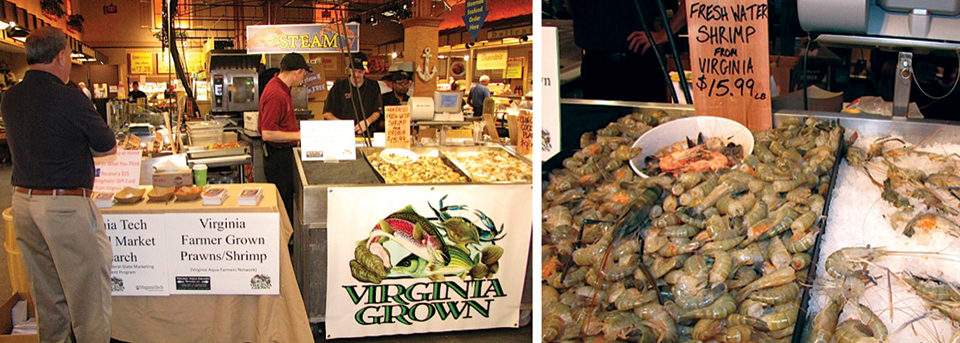
A small test market near Washington, D.C., USA, showed that farm-grown, giant freshwater prawns would sell to high-income consumers who had not previously eaten the product.
Sponsored by the USDA Federal State Marketing Improvement Program, the test market was a joint undertaking of the Virginia Aquafarmers Network (VAN), an agricultural cooperative, and researchers at Virginia Tech’s Virginia Seafood Agricultural Research and Extension Center.
The two-day market test in September 2013 occurred at a high-end Wegmans grocery store in Fairfax, Virginia, USA. The Fairfax store sells more seafood than any other Wegmans store in Virginia. Shrimp was the featured item in the seafood department, with signs posted to explain the test market. The retailer sold 350 pounds (159 kg) of shrimp for $15.99 per pound ($35.18/kg).
Virginia Tech and Virginia Marine Products Board employees at the shrimp display encouraged customers to sample the cooked product and gave 115 surveys to purchasers who agreed to complete the questionnaire after eating the shrimp at home. The $15 store gift cards that respondents received after they filled out and mailed in the surveys were in part responsible for the excellent 80 percent response rate.
Pre-test handling
A VAN member grew the shrimp in a pond just south of Richmond, Virginia. At harvest, the head-on shrimp were put through two washes and then plunged into a pond-side salted ice slush and cooled to below 0 degrees-C. The cooling took 15 to 20 minutes. The shrimp were then packed on ice and taken to a processor, where the animals’ sharp rostrums were clipped as a precautionary measure, since a portion of the shrimp was sold head-on.
The shrimp were layer packed with extra ice to make sure the product remained cold and shipped by refrigerated truck to the distributor, who in turn took them to the store, where they were offered for sale less than 24 hours after harvest.
Because of government regulations, freshwater shrimp usually aren’t allowed to be headed at pond side and then sold. So one of the purposes of the test market was to see if consumers would buy head-on freshwater shrimp, obviating the need for processing.
Results
Almost 76 percent of the 92 respondents said they had never purchased freshwater shrimp. Of those first-time buyers, 83 percent said the shrimp tasted good or very good.
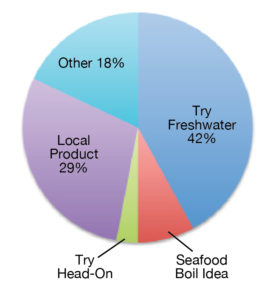
However, the high evaluation of taste didn’t totally match purchase intentions. About 62 percent of first-time buyers said they would buy again next year. A smaller group of 21 respondents had previous experience with freshwater shrimp. Of those, 72 percent said they were likely or very likely to buy the shrimp at harvest next year. Similarly, 72 percent of buyers who had previous experience with the shrimp also rated the taste of the shrimp good or very good. When the previous and new experience groups were averaged together, the intention to purchase next fall came in at 65 percent.
Both head-on and de-headed were sold at the same price by the store, so it wasn’t a true test, as normally de-headed shrimp cost more. However, consumers were encouraged to try head-on in the store to see if they could taste a difference.
Enzymes in the hepatopancreas, the digestive gland in the head of the shrimp, give head-on shrimp a short shelf life. But some think if the product is just harvested and handled carefully, as this was, head-on shrimp are more flavorful. Most store customers were reluctant to try the cooked head-on samples. But some of those who did elected to purchase head-on. Several said they would serve the shrimp that evening, believing it would be a unique treat.
Overall, about 33 percent of the 92 respondents bought head-on shrimp. However, only 10 of the 69 first-time buyers in the survey purchased head-on shrimp. Of those, 60 precent said they would purchase head-on again next year. Most of the buyers of head-on shrimp said they had previously eaten head-on freshwater or saltwater shrimp. About 50 percent said they would buy head-on product again next year.
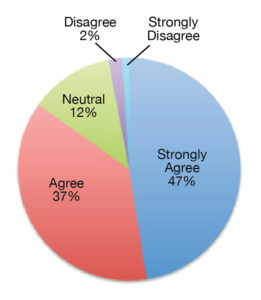
Motivation
Shrimp purchasers said they were primarily motivated to buy the shrimp because they wanted to try freshwater prawns (Figure 1).
Purchasers were also given a brochure with recipes and alternative cooking methods. The information in the brochure can be found online at www.pubs.ext.vt.edu/CV/CV-31/CV-31_pdf.pdf. The brochure also gave a link to a video, which showed how to do a stove-top freshwater shrimp boil with potatoes, sausage and corn on the cob.
Almost 60 percent of the respondents had household incomes of more than $130,000, placing them in the top 12 percent of U.S. households for income. About 80 percent of the respondents had incomes of more than $80,000, which placed them in the top 30 percent of U.S. household income. Nearly 44 percent of the purchasers fell in the 50 to 65 age group, while 30 percent were in the 36 to 49 age cohort.
More than 81 percent of the surveyed buyers felt that being able to buy shrimp that was never frozen was important to the purchase decision. Nearly 81 percent (Fig. 2) indicated that being able to buy food produced locally was “important to me.”
At least for this set of customers, doing store specials or features like a freshwater shrimp promotion were important ways to build customer loyalty. More than 90 percent of the customers who returned surveys agreed or strongly agreed that “offering unique foods like Virginia farmer-grown shrimp or other items unavailable elsewhere makes me more likely to shop at Wegmans.”
Taste evaluations
Cooking methods affected purchasers’ evaluations of the taste of the shrimp. Grilled shrimp got the highest taste evaluation, with a 4.6 on a five-point scale with 3.0 considered a neutral rating. The 4.6 rating was about halfway between tasting “good” or “very good.” Grilled shrimp also had the smallest standard deviation in the evaluations of cooking methods. Sauteed, at 4.3, and in a seafood boil, at 4.2, produced the next-highest ratings for taste. At 3.0, broiled shrimp scored the lowest on taste.
No survey question asked purchasers to compare freshwater with saltwater shrimp. However, written comments on the surveys indicated a split between those who preferred the milder, light taste of freshwater shrimp and those who liked the more pronounced taste of saltwater shrimp.
One saltwater aficionado wrote “(The) taste of these was not as satisfying as the shrimp I usually buy.” Another said, “There wasn’t much flavor.” A third made his point by noting: “(I) prefer saltwater, if given the choice.”
However, after cooking the freshwater shrimp at home, a person who preferred freshwater shrimp wrote, “The shrimp were less fishy in taste – mild and tender.” “Juicy and sweet” was the way another respondent characterized the taste. “They were so nice; we were lucky to be able to buy these shrimp,” was another buyer’s summation.
Perspectives
The test market showed the importance of product demonstrators and adequate signage when selling seafood about which customers have limited knowledge. Customers clearly liked the idea of seasonal local production.
The features and taste attributes of the shrimp needed to be explained, as they were not observable by looking at the shrimp. The retailer had several requests and suggestions, which improved the test market. Catering to retailer’s ideas can help sell product and build long-term relationships for mutually profitable business.
(Editor’s Note: This article was originally published in the July/August 2014 print edition of the Global Aquaculture Advocate.)
Authors
-
Dan Kauffman, Ph.D.
Seafood Business Specialist
Virginia Tech
Blacksburg, Virginia 24061 USA -
Martha Walker, Ph.D.
Community Viability Specialist
Virginia Tech
Blacksburg, Virginia 24061 USA
Tagged With
Related Posts
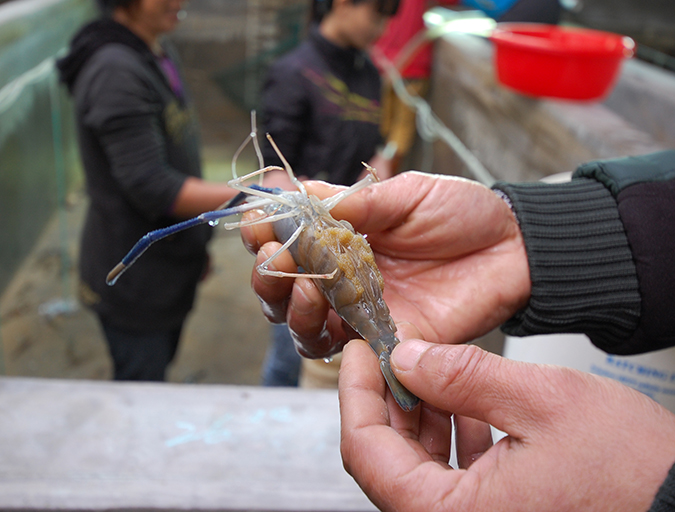
Intelligence
An inside look at Sino Agro Foods’ giant prawn MegaFarm
Sino Agro Foods has developed a proprietary recirculating aquaculture system that yields high production volumes and profitability. The facility should significantly contribute to seafood production in China and to help satisfy increasing demand for high value, safe and sustainably produced seafood.
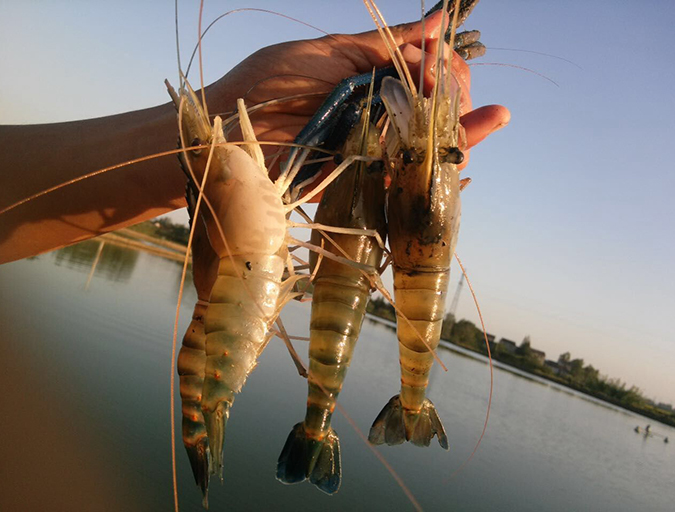
Intelligence
Culture of giant freshwater prawns in China
Farming of giant freshwater prawns is very popular in China. The Yangtze River Delta region produces more than 60 percent of the country's output. Production increases have resulted from a novel system that involves greenhouses that allow ponds to be stocked ahead by two months.

Aquafeeds
Alternative feed ingredient universe to convene at F3 meeting
What started out as a simple yet ambitious contest to drive innovation in the aquafeed sector has evolved into a fully global competition – and collaboration – amongst ingredient suppliers and feed manufacturers.
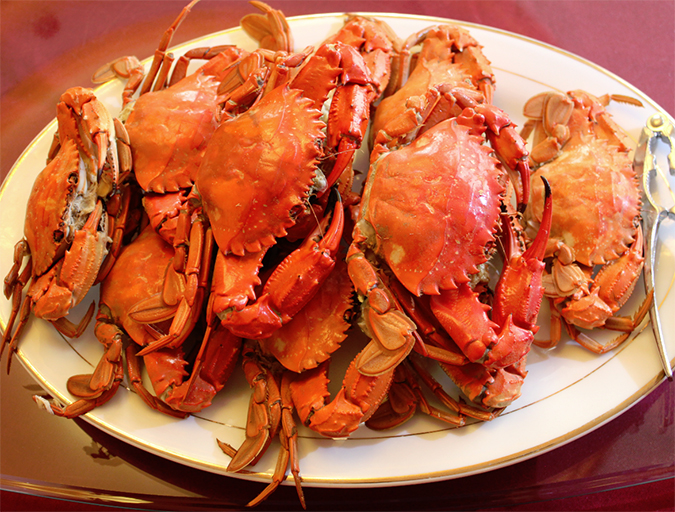
Intelligence
Doctors: Place a greater value on seafood consumption
Many important organizations around the world fail to acknowledge the importance of seafood to human health and well-being. There is a disconnect between what we know regarding the benefits of seafood and what is being done to acknowledge these benefits and increase seafood consumption in nutrition.


